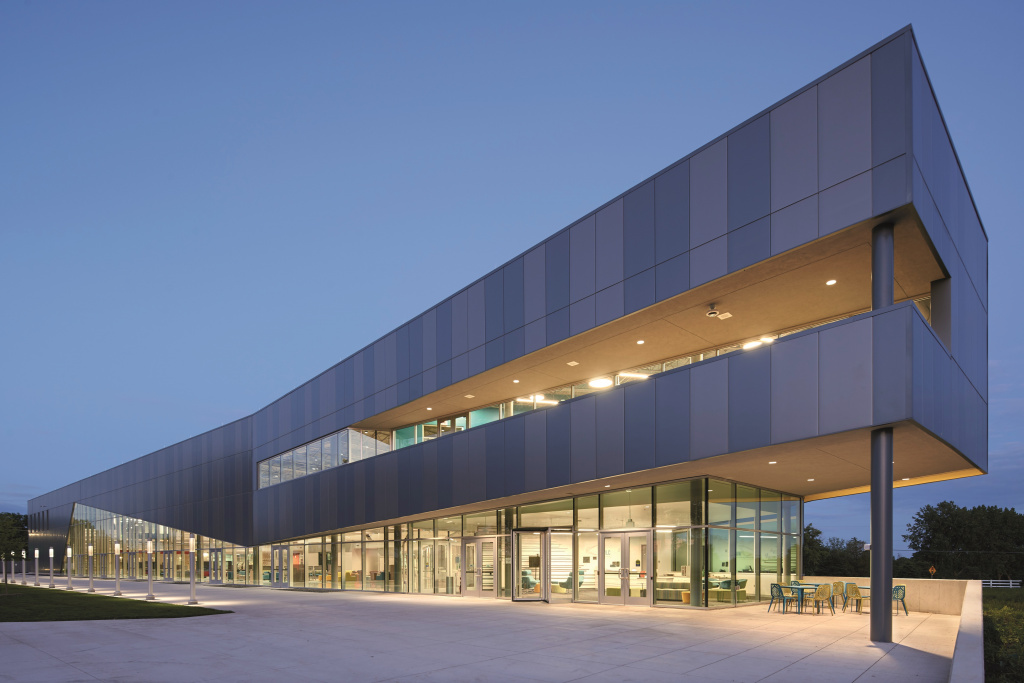
Across the education spectrum, we are engaging in broad discussions about what the future of education can and should look like.
As educational planners and architects, we collaborate with schools, organizations and the community asking tough questions and collectively rethinking the future of teaching and learning. The topic of educational change – whether it be new math, teaching cursive, or how many books to keep in the library – seems to reoccur. How can we find a way forward without losing what was so valuable and successful in the past?
Historically, large-scale education of the masses is relatively new in America. It has been only six or seven generations since the creation of a tax to support what we now identify as our public school system. Apprenticeships, the one-room schoolhouse, even our current system — stemming from the post-war need to educate as many kids as possible in the most efficient way — seem detached in many ways from the current pace of societal change.
Today, we confront an increasingly complex global society combined with technology that can put almost any human knowledge in your pocket, anywhere, at any time. If pure information has become a commodity, is there value in packing all of this knowledge into your brain? Harvard education innovation fellow Tony Wagner sums up these notions best: “Today’s world doesn’t care what you know. What the world cares about is what you can do with what you know.”

As the rate of change has grown exponentially in or educational systems and conversations, many new theories, methods, styles and techniques have emerged. Early adopters can be found all over the map. In Iowa, examples such as Waukee’s Innovation and Learning Center, Cedar Falls’ Center for Advanced Professional Studies, and the Iowa Big Network are exploring the power of pairing students with business partners and career experiences. You won’t see students bored in classrooms, sitting in rows passively listening to lectures here. What you will find is dynamic curriculum and environments that encourage project-based learning, in collaboration with fellow students as well as business and industry partners. You will find a place where the space between and outside the classrooms is even more important than the classrooms. Students are learning problem solving, creativity and communication skills to solve real challenges. Don’t tell the students, but they are also learning advanced math, science, engineering, design, writing and many other things along the way.
What does architecture for a new way of learning look like? As part of an effective change in learning models, we must also adapt the environment in which learning takes place. We are not here to promote the no-walls, no-boundaries models of the past, but we do need to consider the concrete block room with tables and chairs in neat rows that abound in many of our current educational spaces. We see administrators, facility managers and most importantly our educators struggling to expand educational delivery models within the inflexible space around them. They are actively seeking to make change in pedagogy, but are stifled by size, volume and the materiality of spaces constructed years, or even decades past. Education models have evolved and the design of our schools should, too.